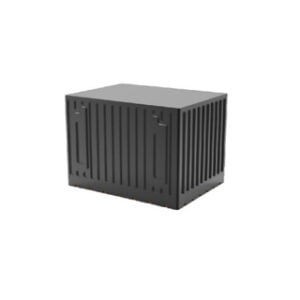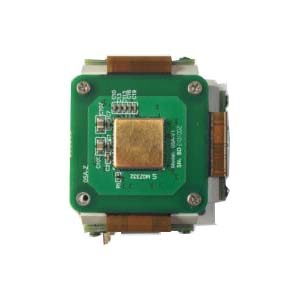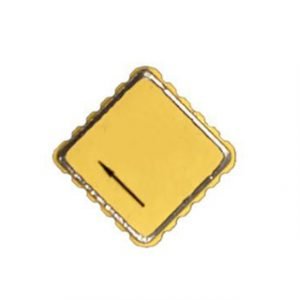AHRS, commonly known as heading reference system, can provide accurate and reliable roll, pitch, heading and other attitude and navigation information for the aircraft. It is mainly composed of acceleration sensors, gyroscopes, and magnetic sensors.In order to achieve accurate data measurement information, the use of high-precision MEMS gyroscopes is particularly important. The ER-MG2-50/100 is a high-performance MEMS gyroscope sensor with bias instability of 0.01-0.02°/hr and angular random walk of 0.0025-0.005°/√hr. Designed for north finding, pointing, initial alignment/gyroscope tools, mining/drilling equipment, weapons/drone launch systems, satellite antennas, target tracking systems, etc. It can also be used for high precision attitude measurement, stability control, positioning.The difference between AHRS and IMU is that the attitude reference system (AHRS) contains an embedded attitude data solving unit and heading information, while the IMU only provides sensor data and does not have the function of providing accurate and reliable attitude data. Kalman filter is the attitude solving unit of multi-sensor data fusion used in common attitude reference system . Kalman filters are generally used as multi-sensor data. The fusion unit performs heading and attitude calculation.
Features:
High-precision 360-degree all-round position and attitude output, using Euler Angle will have universal lock, can not be turned in all directions.
Efficient data fusion algorithms combine fast dynamic response with long-term stability (no drift, no accumulated errors).
AHRS originated from aircraft-related technologies. Among them, the important indicators used to measure the AHRS reference system are attitude (roll, pitch) accuracy, heading accuracy, heading drift, etc. From the current application field, The AHRS reference system is widely used in products that require three-dimensional attitude measurement in fields such as motor vehicles and unmanned aerial vehicles, industrial equipment, camera and antenna pan/tilt, ground and underwater equipment, virtual reality, life motion science analysis, indoor positioning, etc.
The ER-AHRS-10 FOG strapdown attitude reference system can be used in relevant applications. It consists of a closed-loop fiber optic gyroscope and a quartz flexible accelerometer as the core inertial element, which is aligned or initially self-aligned with an external input heading. The coordinated attitude system is realized by combining and correcting satellite signals during flight. Output three-axis high-precision angular rate and linear acceleration signals (ER-AHRS-10 not combined) simultaneously in pure inertial attitude state or satellite signal combination attitude state. It can provide aircraft attitude, heading, position, speed, acceleration, angular velocity and other flight state parameters for cockpit display, aircraft control, radar antenna platform and other systems. It has the characteristics of small volume and light weight.
AHRS is very cost-effective. With the current micro-nano sensing technology, it can not only achieve sufficient accuracy, but also has rapid development due to its low cost. In addition, the reliability of AHRS is very high, it is not susceptible to external interference, and the measurement experiment under various extreme environments is also relatively stable. The coexistence of such excellent characteristics of low cost performance, high measurement accuracy, and high stability of AHRS is not available in other single measurement components. Through this highly integrated system, it can provide more precise control for the navigation of the aircraft. Therefore, it is expected in the future The development of AHRS is bright.
If you want to get more details about AHRS ,pls visit https://www.ericcointernational.com/attitude-heading-reference-system/
More Technical Questions
1.What do 6-axis, 9-axis, IMU, VRU and AHRS refer to?
2.Differences between IMU, AHRS, VRU and INS
4.Difference between AHRS and IMU
5.Research Background and Current Status of MEMS IMU
6.Internal Structure Analysis of IMU
Products in Article







